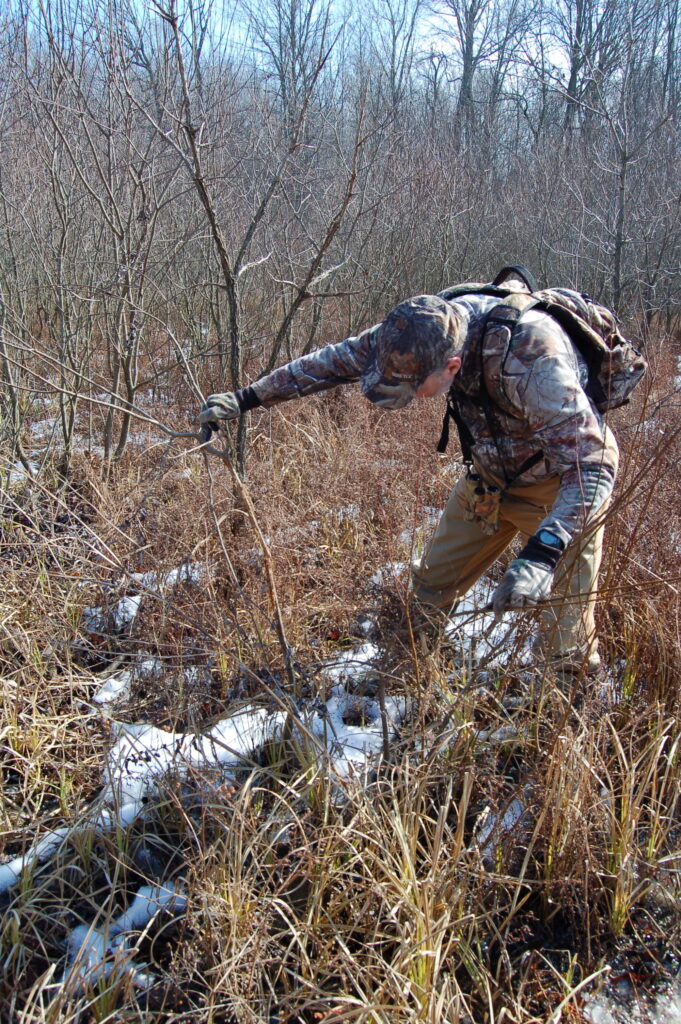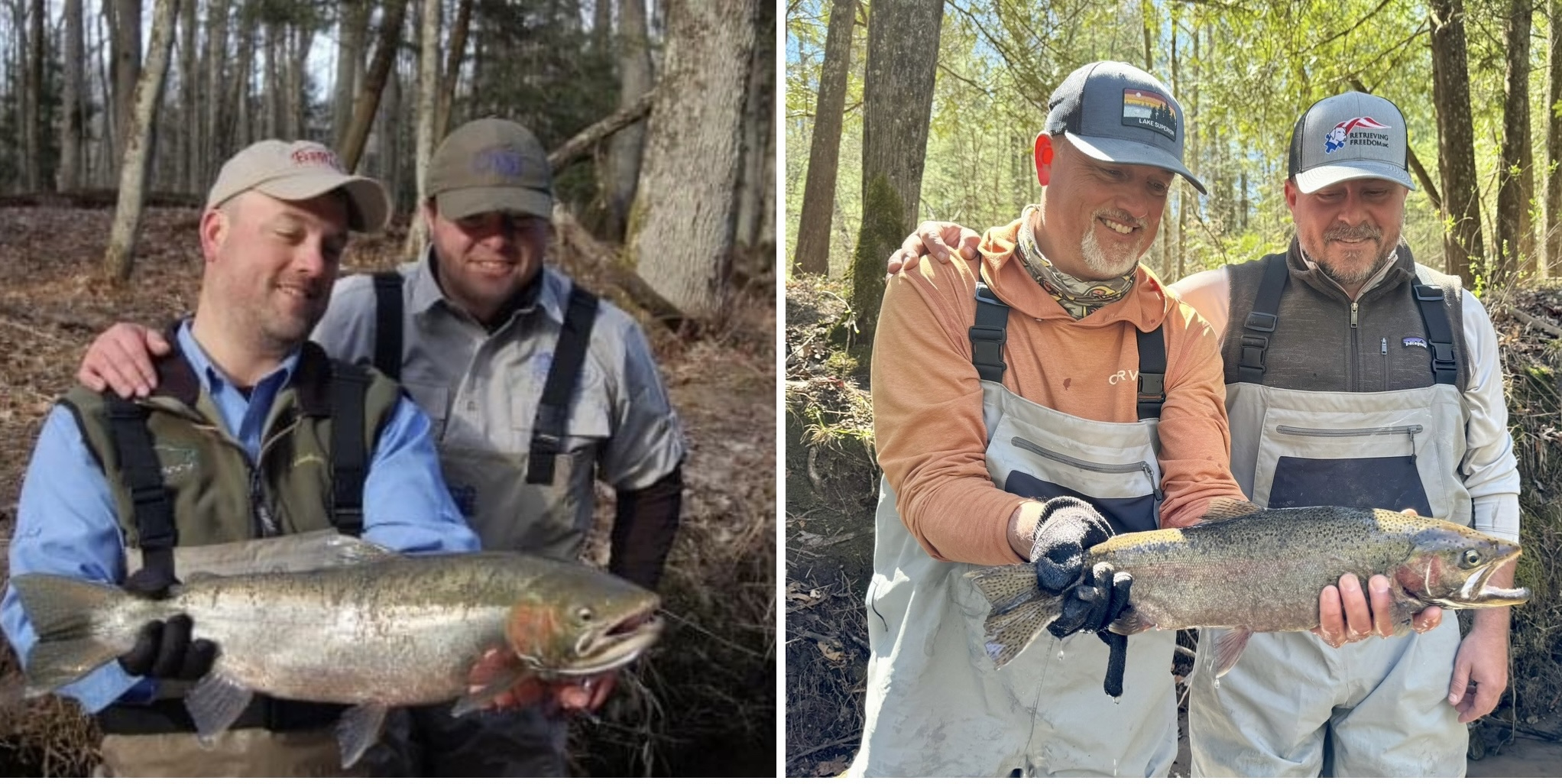With the sun shining bright over the weekend and temperatures pleasant in the 40s, my
daughter and I hit the woods for some shed hunting and scouting for next deer season.
We learned a lot about a particular piece of ground we plan to hunt next year.
Now is the time to get out there and scout your ground. Look for rubs and scrapes from
last year. Chances are these areas are used year after year. Start planning for this season
based on what you find from last season. The following four tips that will hopefully help
you scout more effectively.
Obtain Maps and Aerial Photos of your Hunting Area.
Maps and aerial photos cut your work in half. Look for natural funnels which force deer
to pass by certain areas. Any section of woods with an hourglass shape is a good place to
begin scouting. Deer, especially mature bucks, generally hang tight to cover while
traveling during daylight. Exploring funnels this time of year, while help you decide
where to hang your stands for next season. Certain areas that often produce funnels are
water edges and roadways. Look for areas where two corners meet as well. Google Earth
is a great way to obtain free photos of any property you plan to hunt.
Locate Water Crossings
River bottoms and along creeks are two of my favorite places to deer hunt. From one of
my all-time top stands, I regularly watch deer cross at the same spot. Deer prefer to cross
where they can keep their feet in contact with the bottom. Try to find shallow crossings,
and hunt there. The edge of one creek I hunt separates a dense woods and an agricultural
field. Deer cross the creek from the woods and hang-up around my stand as they scope
out the field they’re planning on entering to feed. With their attention focusing on the
field in front of them, I am at a major advantage. With the ground bare this time of year,
you can find these heavily used crossing easily.
Clear Brush Now
There is no reason to wait until next year to clear brush and limbs from a projected stand
or blind location. If you can see brush or limbs need to be cleared while there are no
leaves, then they will definitely need to be cleared once the foliage grows back. By
clearing shooting lanes now, you may only have to slightly prune the area in the summer
or fall. The less you have to disturb your hunting area close to the beginning of the season
the better.
Locate Other Hunters’ Stand Locations
This may be the most important tip of them all. If you are hunting a piece of land which
hosts more hunters than yourself, then you need to know where these people are spending
their time. Many hunters will either leave their stands up all year or come back for them
in the spring, but even if the stands are down you can often find another’s treestand
location by locating trees with sawed off branches or cleared shooting lanes. Try to figure
out how these hunters are entering and exiting these stands. Knowing where others are at
is important for safety, but also keeps everyone out of each other’s way and happy.
A smart hunter will use these other hunters to their advantage. Figure out where you can
locate yourself to allow these hunters to push deer past you. Look for places to hunt
down-wind from their locations and know the escape routes deer will take away from
those stands.
These tips should help you in your efforts to prepare for next year’s deer season. But
remember the most important tip of all is, don’t rely on luck. Put in the time now to better
your chances come fall. Burn some boot leather to find the special spot that leads to your
success next year.
See you down the trail…
Brandon Butler
bbutler@butler
For more Driftwood Outdoors, check out the podcast on HERE or
anywhere podcasts are streamed.




